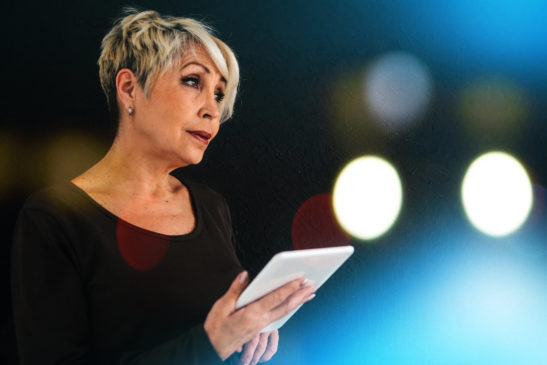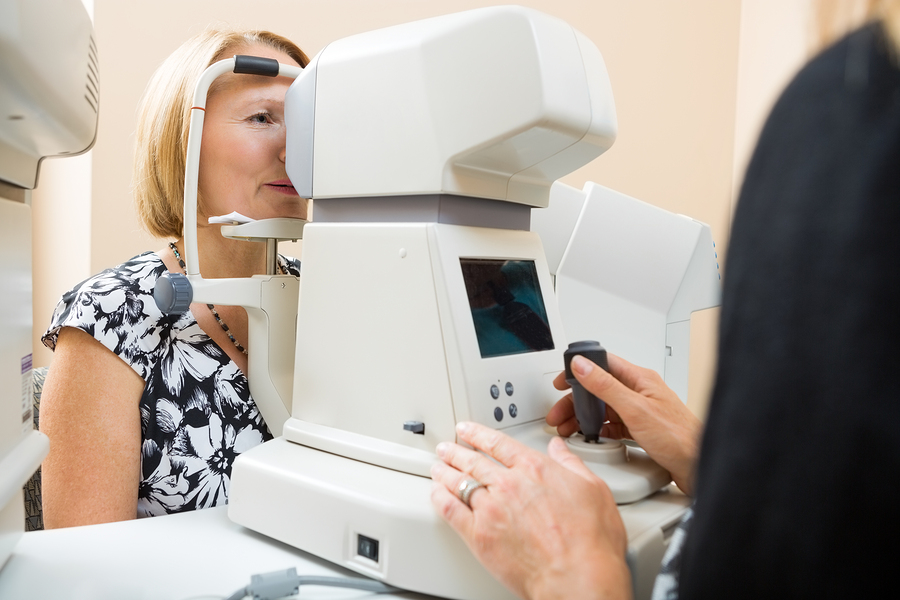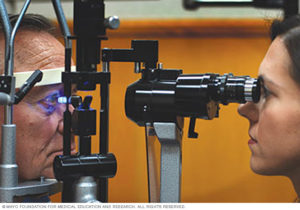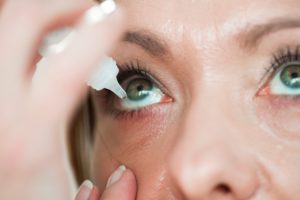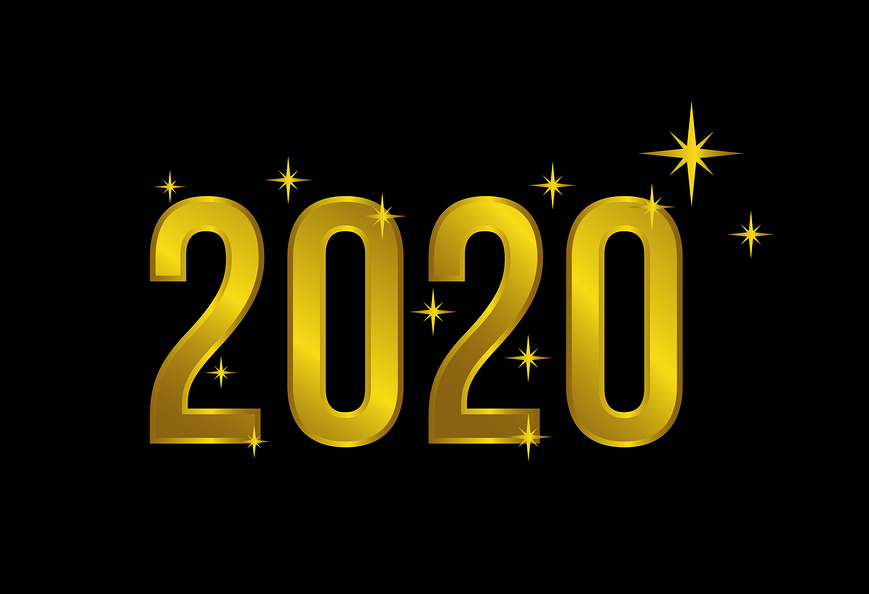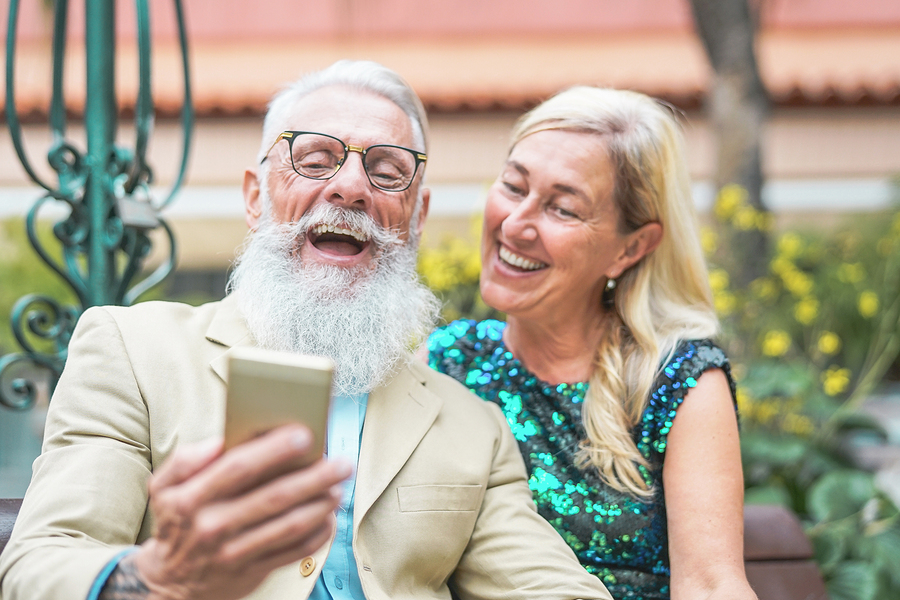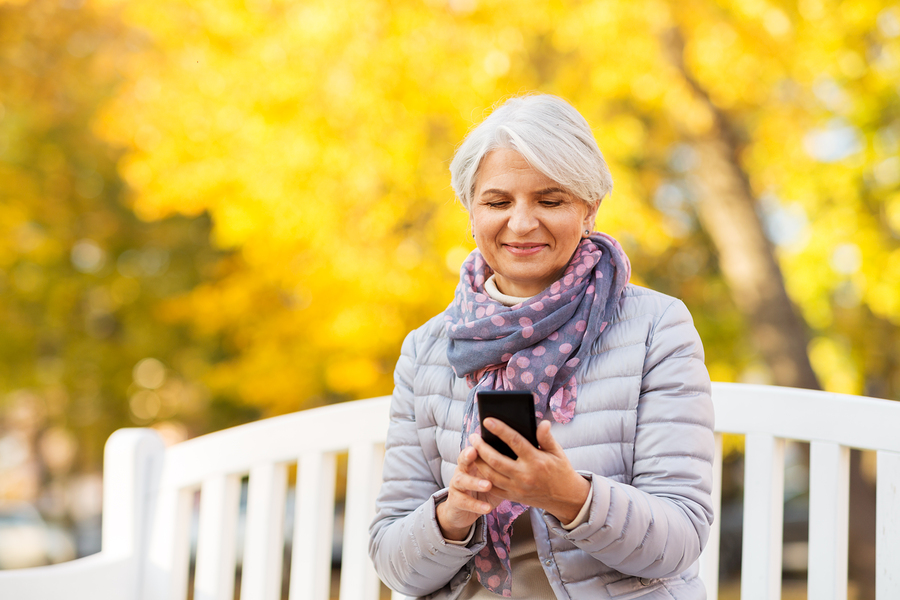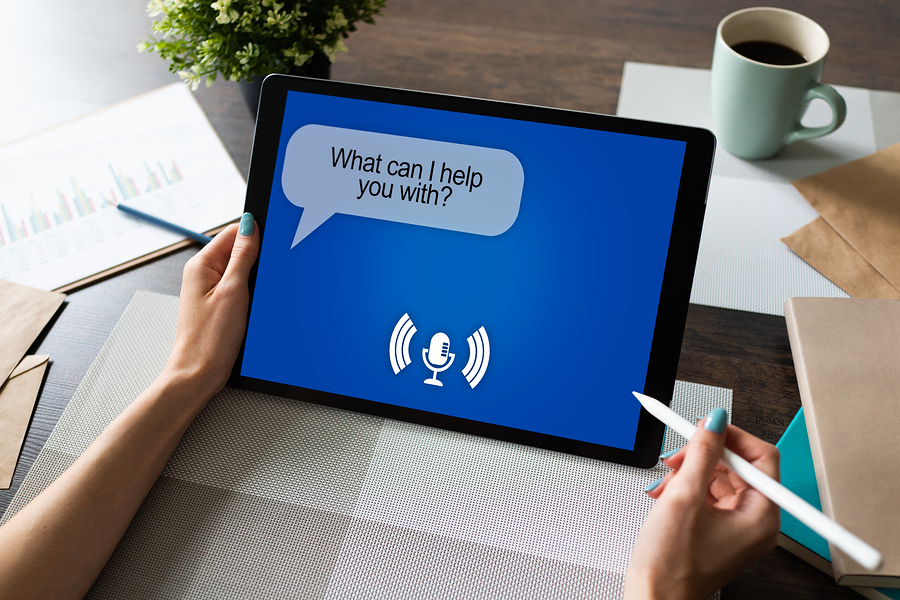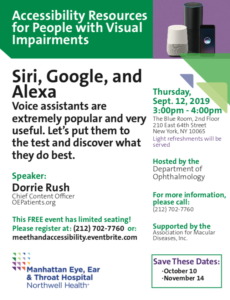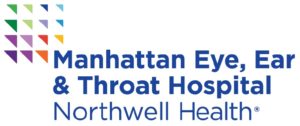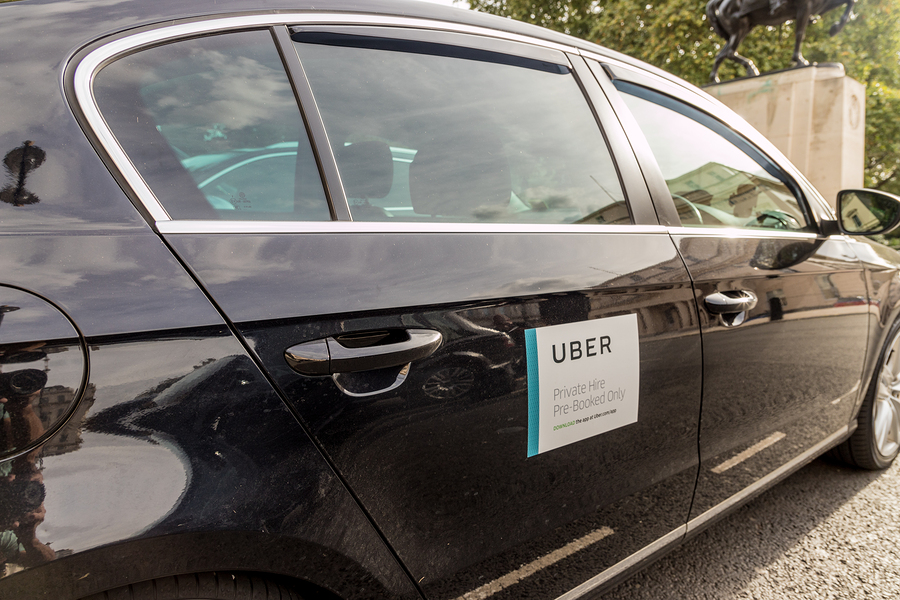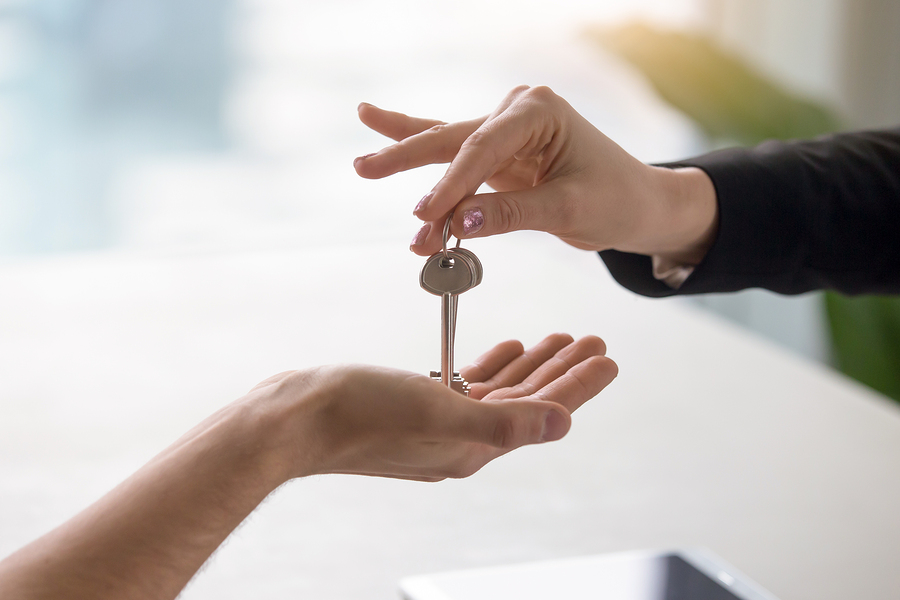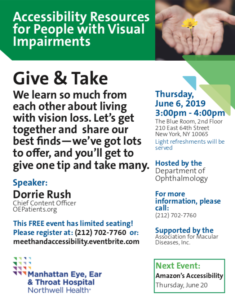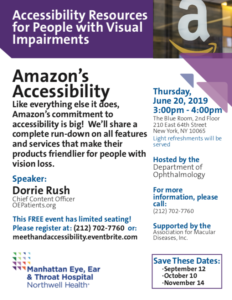
The Anti-AMD Diet
The foods we consume can play a powerful role in preventing or minimizing the progression of age-related macular degeneration. Read Now
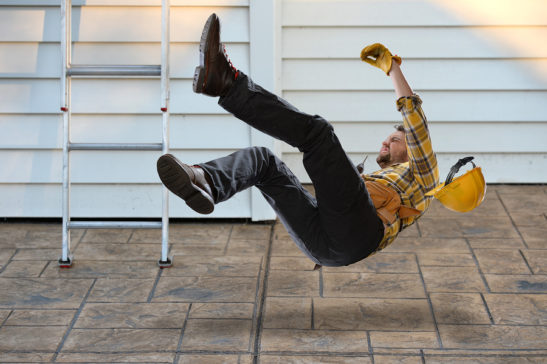
Don’t Take The Fall, Prevent It
Falling becomes significantly more dangerous as we age. Alice Massa, OT, shares her expert advice aimed at elevating awareness and lowering our risk of taking the fall at all. This page was so popular, we decided to record a podcast with the same title…linked with our podcasts below. Read Now
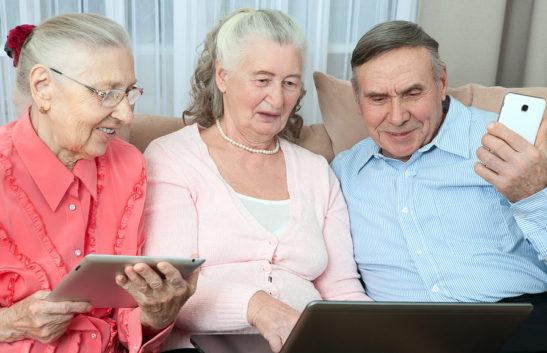
OE Agrees With AAO
The American Academy of Ophthalmology says many more people will have low vision in the coming years and the tragedy is most are unaware of how to deal with it. OE highlights the information everyone needs to know.
Read Now
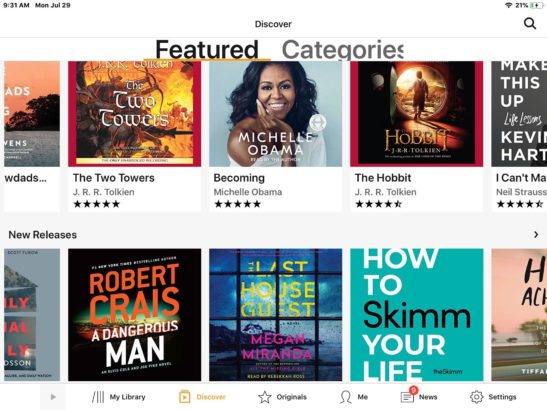
Alexa, Read My Book
Alexa can read Kindle and Audible books from a Fire tablet or an Echo speaker. Once it’s set up, all you have to do is ask. Read Now
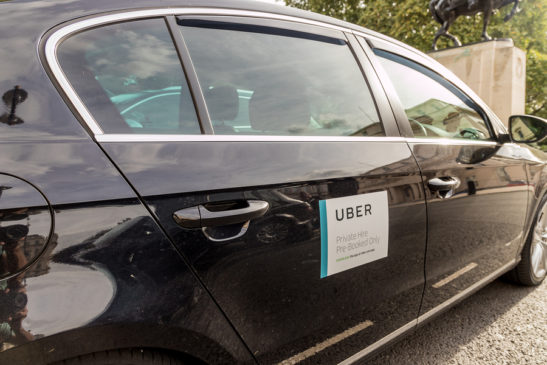
Your Driver Has Arrived
Ride-sharing services are available with the tap of an app. Here are some tips for customers with vision loss.
Read Now
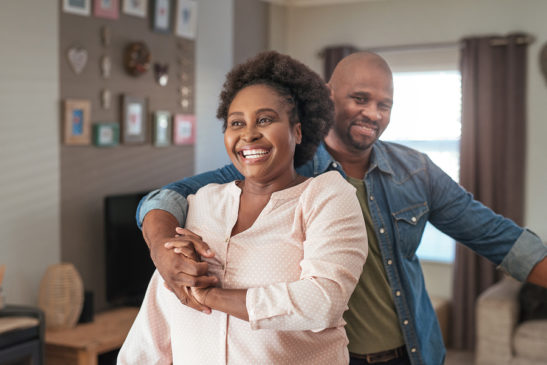
Healthy Aging And Eyes
Healthy aging is not just about how you look, it has everything to do with how you see. Take these steps today to preserve your sight for tomorrow. Read Now

Aira Adds A Free Tier
If you’ve ever wished you could just borrow a good pair of eyes to help with a quick task, you’ll definitely want to read this post. Read Now

Hottest Low Vision Gifts
Our gift guide from last season remained a top page all year and the selection holds up beautifully. Read Now
This year’s list is also not to be missed. Read Now
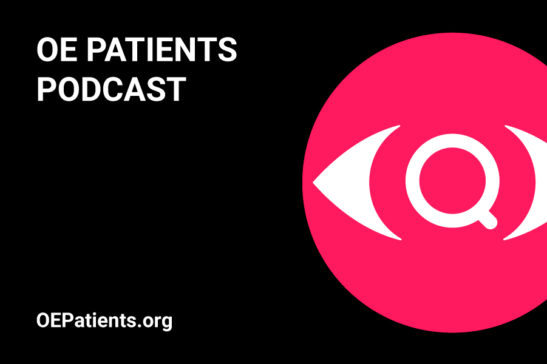
OE Patients Podcast
There is no doubt about it, the big star of 2019 was the launch of our podcast. Subscribe to OE Patients Podcast on Apple Podcasts, Spotify, or listen on OE.
Episode 1: Siri, Google & Alexa
Episode 2: Don’t Take The Fall, Prevent It
Episode 3: A Conversation With Hadley’s Douglas Walker
Subscribe to our Monthly Roundup emails so you won’t miss a thing in 2020! Sign Up Now
This post was first published December 19, 2019 and resurfaced September 3, 2020.




